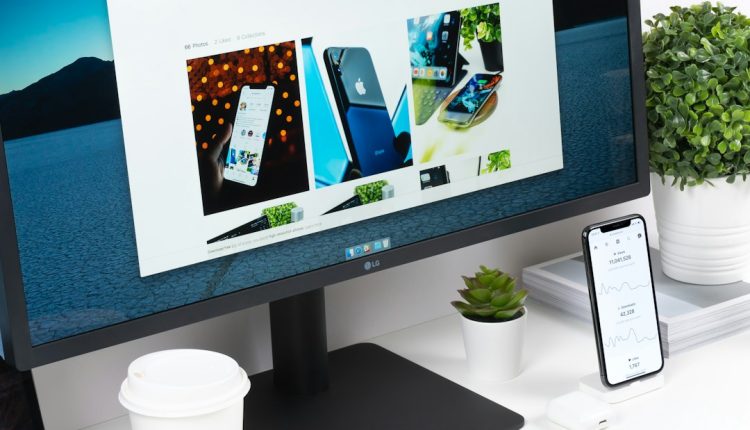In the digital landscape, attention is currency. To capture reader interest and perform well on search engines, businesses and content creators must produce articles that are not only engaging but also valuable and rich in insight. The secret sauce behind such impactful content? A well-crafted content brief.
Content briefs serve as the bridge between a strategy and the final article. They streamline communication between SEO strategists, content managers, and writers, increasing the odds of producing articles that rank high and resonate deeply. Let’s explore how to develop content briefs that spark truly useful articles.
The Role of a Content Brief
Table of Contents
A content brief is more than just a set of instructions—it’s a roadmap. By guiding the writer with clear expectations, goals, and background information, a brief helps to ensure the finished piece meets business objectives.
Main objectives of a content brief include:
- Aligning the article with the brand voice and messaging.
- Targeting the right keywords for SEO performance.
- Clarifying the article’s purpose and who it’s for.
- Outlining structure, tone, and word count for consistency.
- Reducing revision cycles and publication delays.
Without a brief, writers may deliver content that lacks direction or relevance—essentially wasting valuable time and resources.
Key Elements of a High-Impact Content Brief
To create content briefs that ignite creativity and deliver strategic value, include these essential components:
1. Working Title and Topic Focus
A tentative but clear title gives the writer a directional anchor. It also conveys what the article’s core subject is and what angle to explore. For example: “The Rise of Sustainable Packaging in E-commerce”.
2. Target Audience
Define who the article is for. Consider demographics, pain points, professions, and interests. This helps tailor tone and content strategically. A brief that says, “This article is for small business owners seeking eco-friendly packaging solutions,” offers valuable context.
3. Search Intent
The brief should outline why the reader is searching for this topic. Are they looking to learn something, solve a problem, or make a purchase? Mapping the content against search intent ensures relevance.

4. Primary and Secondary Keywords
Include keywords that the article should target. Primary keywords are essential for SEO, while secondary keywords add topical depth. Tools like Ahrefs, SEMrush, and Google Keyword Planner can aid in selecting the right terms.
Example:
- Primary Keyword: sustainable packaging solutions
- Secondary Keywords: biodegradable materials, eco-friendly shipping supplies, green e-commerce tips
5. Article Structure and Headings
Outlining a suggested structure with H2s and H3s helps writers deliver a well-organized article. It also aids SEO, as search engines favor content that is logically segmented and easy to navigate.
Pro Tip: Use a layout that reflects user intent. For “how-to” queries, structure the article around step-by-step solutions. For “what is” queries, focus on definitions, benefits, and examples.
6. Tone and Style Guidelines
Should the article be formal, conversational, witty, or technical? Define this in your brief, and if applicable, contribute a style guide or link to past articles for reference.
7. Word Count Range
A ballpark range helps set expectations. Longer isn’t always better—sometimes concise articles outperform longer ones if the topic demands brevity. However, in-depth guides often perform better in SERPs.
8. Visual Requirements
Help the writer identify where visuals could support the story. Suggest charts, infographics, or images that clarify or enhance the written content.

9. Internal and External Links
Recommend a few important internal links to redirect SEO equity and help users discover more content. External links to authoritative sources also boost credibility and ranking potential.
10. Call to Action (CTA)
Define what the reader should do after finishing the article. Contact your business? Download a resource? Sign up for a newsletter? Clear CTAs drive engagement and conversions.
Tips to Make Your Content Briefs More Effective
Even the best content strategy can falter with vague or unclear briefs. Here’s how you can elevate your briefs to spark not just useful articles—but memorable ones.
Be Specific, Not Overbearing
Micromanaging every sentence strips away a writer’s creativity, while vague directions create confusion. Strike a balance by showing the direction, not the map.
Encourage Original Insights
Let the brief guide the writer, but leave room for original research, case studies, quotes, or unexpected angles. This leads to content that feels fresh versus formulaic.
Involve the Writer Early
Get feedback on your brief before writing begins. Writers can offer practical insights on research complexity or gaps in the structure, resulting in a smoother writing process.
Tailor Briefs to Writer Experience
Not every writer needs the same level of detail. For newer freelancers, a detailed brief removes guesswork. Veteran writers may thrive with a higher-level direction and a style reference.
Use Templates for Consistency
Save your team hours by standardizing your brief format. While it should be flexible, a template ensures no critical element is forgotten.
Examples of Effective Content Briefs
Let’s look at two quick examples of briefs for different types of articles.
Example 1: Blog Article Brief
- Title: “10 Ways to Save Water at Home Without Compromising Comfort”
- Target Audience: Homeowners in drought-prone areas
- Search Intent: Informational
- Primary Keyword: water-saving tips
- Structure:
- Introduction: Importance of water conservation
- 10 Actionable Tips (as list items)
- Conclusion + Tips Recap + CTA to subscribe
- CTA: Sign up for our weekly eco-friendly living newsletter
Example 2: Product Comparison Guide
- Title: “Which Noise-Cancelling Headphones Are Best for Remote Workers?”
- Target Audience: Remote professionals seeking productivity tools
- Primary Keyword: best noise cancelling headphones for work
- Secondary Keywords: wireless headphones, home office setup, focus tools
- CTA: Buy Now or Read More Reviews
Conclusion: Brevity Leads to Brilliance
Creating content briefs may not be the most glamorous part of digital publishing, but it is undoubtedly among the most vital. A well-thought-out brief is like jet fuel for writers—it propels them toward producing content that delivers value, converts readers, and ranks higher.
By being clear, thorough, and intentional in your briefs, you not only make the writer’s job easier but ensure that every article you publish delivers on your strategic goals.
So the next time you’re planning new content, remember: Spark a better article, and it all begins with a brilliant brief.

